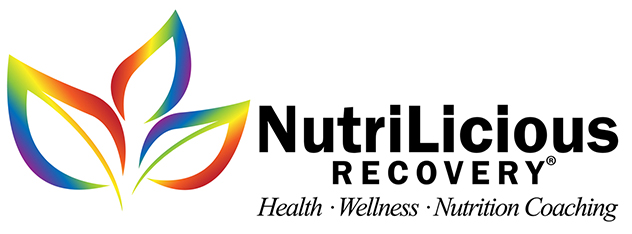
by dnshah | Jul 1, 2020 | Health and Wellness Tips, Virus
As the world prepares their bodies for a possible COVID19 infection, we wonder how to improve our immunity and lung function. An older study (1987) had probed the question of sodium’s effect on human lung function. Using data from England and Wales, the correlation discovered was that increased table salt purchase meant increased asthma mortality for men and children (not for women). The conclusion was that a diet rich in sodium (think Western diets) may potentiate asthma. The details were that 3 teaspoons or more of salt consumed daily worsened asthmatic symptoms and lung function and led to increased inhaler puffs daily.
I’ve done some research on salt intake, and there is a great debate amongst peoples. Some say you must get enough (2 teaspoons) salt daily to protect overall health; while others say we have got to cut down the salt (< 2 teaspoons) to improve our health and reduce our risk of chronic disease. My vote goes to moderation. If you can acclimate you taste buds to less salt, I’m all for that; and now there is even more reason for the “less is more” camp – better lung function. Something to consider as we make changes to help us during this COVID timeframe.
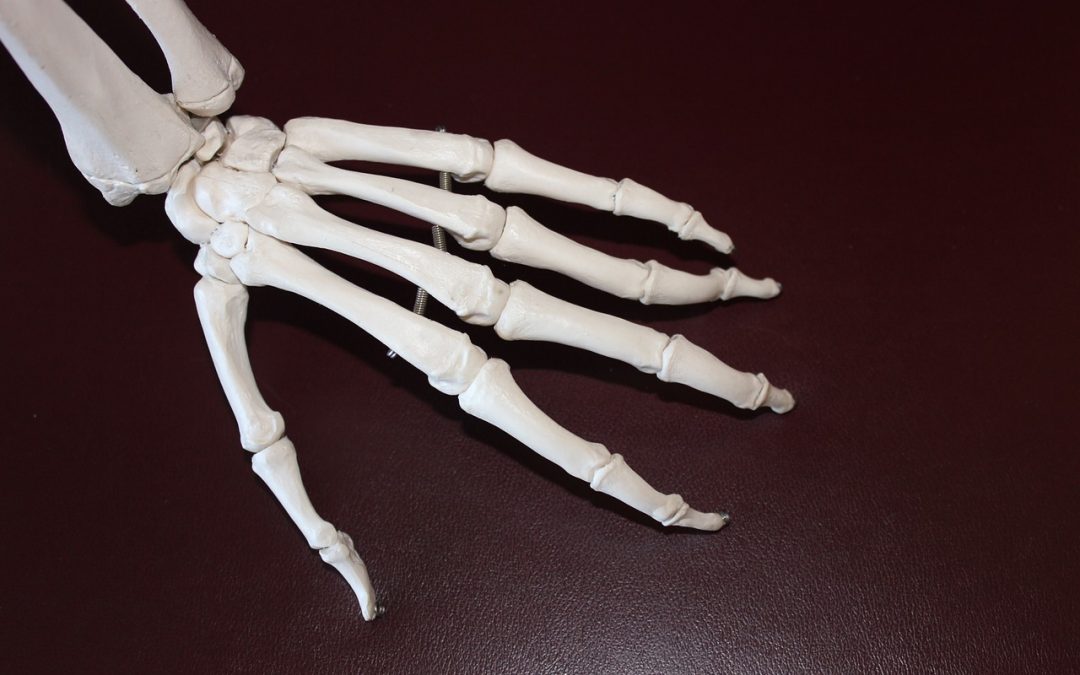
by dnshah | Jul 1, 2020 | Diet and Weight Loss, Health and Wellness Tips, Obesity
Rheumatoid arthritis is an autoimmune disease that affects joints. Sufferers have progressive joint damage along with pain and stiffness. It affects women three times more than men.
But there is hope. There are medications that halt the progression by slowing down immune responses. While that doesn’t sound great at a time of COVID19, the medications work and people are able to resume a “normal” life. There has also been success in alternative remedies (diet changes) as well.
People trialed a vegan diet for 3.5 months, and then switched to an egg-free lactovegetarian diet for 9.5 months. The result showed SIGNIFICANT improvement in morning stiffness (in as fast as 4 weeks), grip strength, joint tenderness, swelling, and a drop in disability. Some weight loss was also seen (bonus!). The reason behind the improvement is that their chronic inflammation reduced (seen in inflammatory markers in their blood).
But how could diet affect RA? It’s an autoimmune condition. I use an example in my book, RIGHT Diet for Autoimmunity, where autoimmunity is simply a case of mistaken identity. The body is fighting foreign invaders. It’s normal. But sometimes in the case of mistaken identity, we get a horrible accident – like friendly fire. We accidentally hurt one of our own.
There is this bacteria, Proteus mirabilis, that’s sometimes found in urine (more women than men). In some cases this bacteria triggers an immune response. There is a molecule in this bacteria that somewhat resembles molecules in our joints. So when an immune response launches we have anti-Proteus antibodies (against the bacteria) that inadvertently may begin the process of damage to the joint tissues. And then the process keeps progressing. What started out as a very normal defense process turns into a life-long battle that never was supposed to be.
Researchers wondered what would happen if we could remove that bacteria from RA sufferers; would that cause a decrease in the inflammatory process? Typically a bacteria causes an inflammatory response after some type of infection (like a UTI). That infection is the result of bacteria coming from fecal flora into the bladder. So, the high impact change would be to change the fecal flora…and that can be accomplished by changing our diet!
So you see … step by step… the high impact changes can come from diet tweaks (changes in our gut flora). For over 2 decades we’ve studied gut flora and have seen when people shift away from the standard American diet to a vegan or vegetarian diet, there are SIGNIFICANT changes in the microbiome. We’ve also seen that plant-based diets showed a significant drop in anti-Proteus antibodies, in fact as a bonus there were other beneficial changes to the urine’s composition when shifting to a plant-based diet (like higher number of anti-cancer lignans).
While we see a PROFOUND influence from diet and RA being treated with vegetarian diets, people still need more support and education to learn how to stay on a plant-based diet. That’s where health coaches, nutritionists, dieticians, and nutritional therapists can help to support people until good practices, meal plans, and food choices become NATURAL HABIT!
If you know someone suffering from RA, tell them there is hope with shifting to a plant-based diet and you know a great nutritional therapist that can help them explore a new way of eating!

by dnshah | Jul 1, 2020 | Health and Wellness Tips, Virus
For many of us in Gulf coast states like Texas and Louisiana, for a few more weeks we are overcast with dust from the Saharan regions. This is a reoccurrence, but now it is providing another dimension of respiratory distress. This moving dust, for some folks, can cause symptoms that resemble COVID19 symptoms (dry coughs, wheezing, shortness of breath, and/or mild chest pain). The difference between the Saharan dust symptoms and COVID symptoms is that the dust shouldn’t really cause fever, muscle aches, GI issues, nor loss of smell. It’s important to be aware of this difference, as it can mean the difference in time management of getting to a doctor for guidance.
We don’t need to take the extra precaution of not going outside during this time; it’s important to be outdoors, take in the sunlight, get physical movement, and feel free and “normal.” That said, it is important to put on a cloth mask during this time because the mask may help prevent some dust irritants from getting into your respiratory system. So double-duty function for the cloth masks for now! It may be prudent to not spend excessive time outside – just until the dust settles! It is anticipated to settle by mid-July, 2020
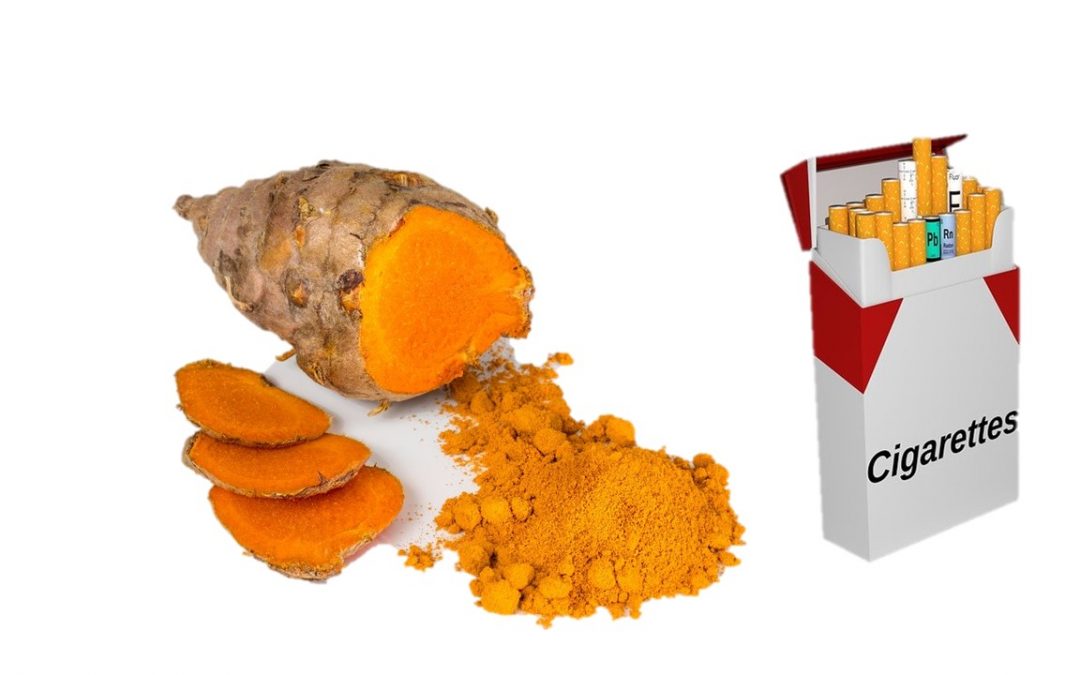
by dnshah | May 30, 2020 | Health and Wellness Tips
Based on the blog of Dr. Michael Gregor
There are plant-based items that have properties to help prevent cancer, and curcumin (present in turmeric root) is one of these. Turmeric is one of many Indian spices used throughout Asia. It has been used for centuries – both eaten and used topically because of its anti-bacterial and anti-viral properties also.
Currently curcumin is undergoing clinical investigations for cancer chemoprevention. It is a substance that seems to belong to 3 different subgroups of chemo-preventive agents:
- Anti-proliferative – blocks cancer transformation and proliferation
- Antioxidant – neutralizes free radicals; anti-mutagen (even before carcinogens get into cells)
- Carcinogen-blocking – blocks invasion
Most investigations had been performed in labs (due to the difficulty of finding human volunteers that would willingly expose themselves to toxins), but then a human investigation involving smokers (smoke was the toxin/mutagen looked at)was conducted which showed the power of curcumin to reduce the DNA damaging power of carcinogens.
In this investigation with smokers & non-smokers, half of each consumed plain turmeric (1 teaspoon/day) and the other half didn’t consume turmeric. They all peed on some bacteria, and then the DNA mutations in the urine were measured. It’s no surprise that the urine of non-smokers caused far fewer mutations as they have far fewer chemicals running through their system. But the smokers that ate turmeric, showed fewer urinary mutations after only 15 days, and even less after 30 days. The DNA-damaging power of smoking began diminishing. But it should be noted that the best way to diminish that DNA damaging power is not to smoke.
In today’s age of COVID19, I encourage all smokers to reduce and gradually stop the habit – and definitely add plain old turmeric to your diet. Please remember to consult with your doctor before adding ANYTHING to your regular diet.
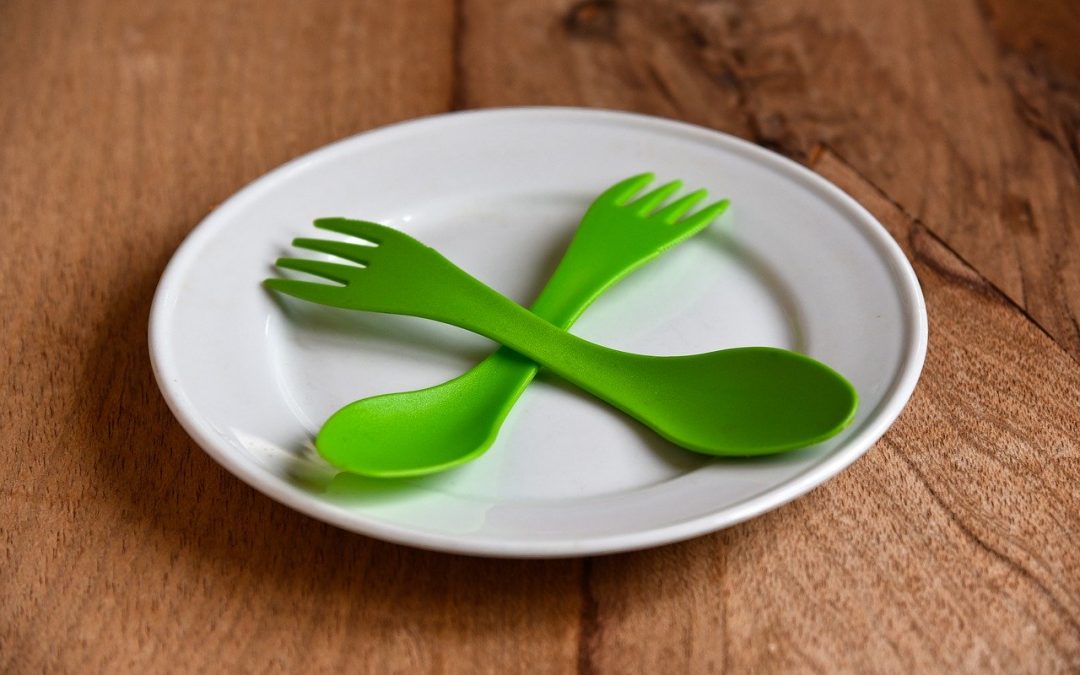
by dnshah | May 30, 2020 | Health and Wellness Tips
My clients go through a session with me where we talk about ensuring the right kitchen tools and utensils and devices. After all the kitchen tools determine how easy it becomes to prepare foods… which is YOUR best fuel source because it’s homemade and fresh. The easier it is to get in/out of the kitchen, the more likely that the fuel source remains optimal.
Over the last few years, I’ve been reading about the dangers of melamine. It’s a sturdy plastic substance used throughout the world for cuts, plates, bowls, and utensils. It’s dishwasher safe and affordable, so very popular. I saw it being used for EVERYTHING in Asia, and was reluctant to use it because I’m familiar with chemical leaching when using hot foods/drinks on plastic. The designs and colors are so fabulous that everyone was buying and using this ultra-convenient substance. So, I gave in and decided to only use it for foods/beverages that were not hot.
Unfortunately the latest studies show that my decision was a bad one, and this blog is going to continue making melamine a bad word…. Read on.
- In 2007 melamine was illegally added to pet foods to “enhance” protein counts in nutrition labels. It causes early disease and deaths for pets in North America. What did we learn? That people will do anything to make money, including put harm in our loved ones’ way.
- In 2008 melamine was discovered to be the CAUSE of an outbreak of kidney stones and kidney failure for infants & young children in China where it was used in infant formula and powdered milk to “enhance” protein counts… hundreds of thousands were negatively impacted.
- In 2010 I noticed melamine dishware being sold in stores in the US with no warnings about chemical leaching. I knew that using it with hot foods and beverages were a no-go; I also knew that using it in the microwave was not a good idea. What I didn’t realize is that there is chemical leaching into foods that are warm also. Why is this important? Because even low levels of melamine exposure “is significantly associated with kidney function deterioration…”
So, today I lean more on other tableware sources like glass, ceramics, porcelain, and stainless-steel. In fact if you were to come to my home for dinner, I might actually serve you a traditional Indian meal in stainless steel plates, bowls, and glasses! These traditional Indian tableware has stuck with me since the beginning of time, and I love them.
In the last decade, silicone has become a major player in spatulas, ladles, and other utensils. This is far better than the plastic predecessors, which leached chemicals into hot foods.
The take-away is that if you haven’t had a kitchen tool make-over in a while; there are much better materials out there now for table-ware and utensils. Splurge and do the make-over. Your improved health will be thanks enough!
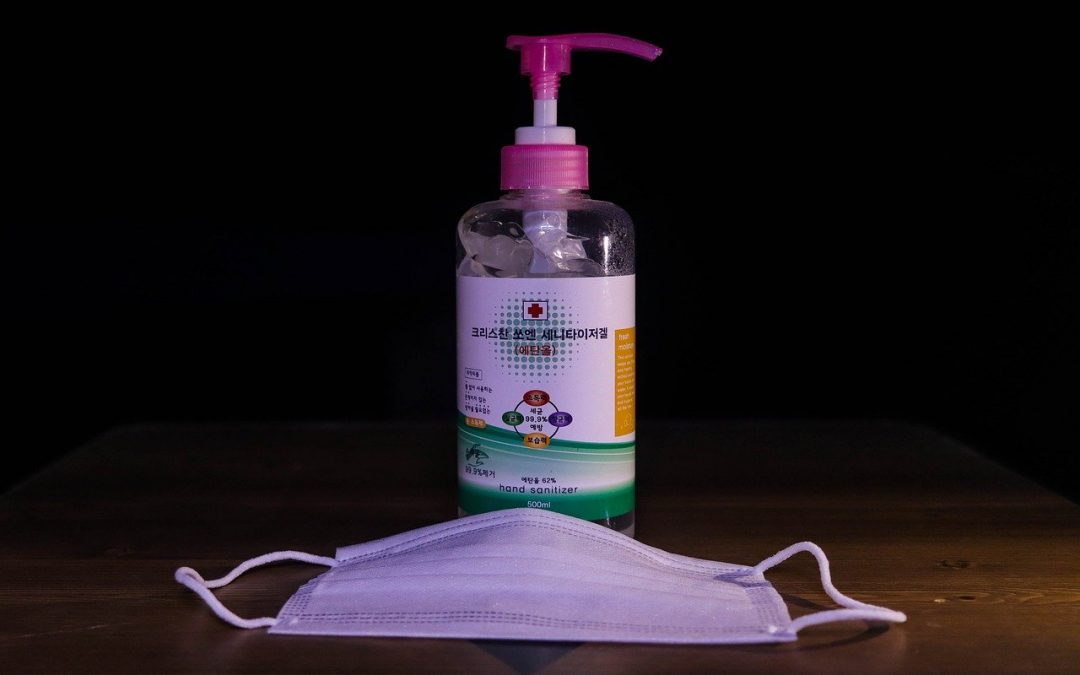
by dnshah | May 30, 2020 | Health and Wellness Tips
Based on Dr. Erin Bromage’s blog and facebook live with Dr. Vira & Darshi Shah
Many people are getting back into a pseudo-normal routine, which involves getting out a bit more, seeing friends, and socializing. It was evident in the crowds over Memorial Day weekend at beaches, local sports matches, and celebrations.
As we continue in the direction of pseudo-normal, it is socially responsible to better understand where most of the prior infections had come from, and not give the virus more fuel. Here are where the most infections came from:
- In your home – a member of the house got it and brought it home
- Not so much from grocery stores, bike riding, running
To understand why/how people get sick, remember the formula:
Successful Infection = Exposure to Virus x Time
So it’s more about how much exposure (virus particles) have you gotten, and how much time have you been exposed to them.
It seems that we need at few as 1000 SARS-CoV2 particles on ourselves to be at risk of virus contraction. So as we put ourselves into different environments, we just need to know which activities give us these particles and how much to best assess our risk.
- Breaths release 50-5000 droplets into the air. Most fall to the ground quickly. This is equivalent to 33 viral particles / minute from an infected person. So in 30 minutes of being in the same room as someone infected and breathing air, you could have 1000 virus particles.
- Speaking releases 10x more than breathing. This is equivalent to 330 viral particles/minute from an infected person. So in 3 minutes of speaking to someone infected, you could have 1000 virus particles. And then, anyone you speak with face to face for more than 3 minutes is also at risk. Remember you shed the virus for up to 5 days before showing symptoms.
- Coughs release about 3000 droplets into the air at 50mph.
- Face to face with in infected person: This is equivalent to up to 200,000,000 virus particles in the air, and is sufficient to infect a whole room of people.
- Sneezes release about 30,000 droplets into the air at up to 200mph.
- Face to face with in infected person: This is equivalent to up to 200,000,000 virus particles in the air, and is sufficient to infect a whole room of people.
- Recent thought is not putting much emphasis on groceries being “cleaned” before storing; but in the logical thought of calculating particles from fomite transfer, we’ll still consider the amount of virus one is being exposed to through touch. So caution high fomite risk areas like public restrooms & toilets.
Now it is easier to understand how most of the previous outbreaks worked. In the US there were major outbreaks in meat packing plants, nursing homes, prisons, call centers, and work offices. What are the commonalities? Densely populated indoor areas that require communication, often times in areas where people have to project their communication over other noises (machinery, other phone calls, hard of hearing, etc.)
Point forward, as we meet others and dine out, we need to keep in mind the ways that we put ourselves at risk for virus particles.
- Restaurants: keep in mind where you are sitting relative to others AND the direction of the vents circulating the air. And of course how long you stay there.
- Offices: watch how you project your communication to others, and how you receive it.
- Choir: Singing is a projection of communication and it aerosolizes the respiratory droplets, and it also brings in your air deep into your lungs. Choir practice in a confined room with multiple people is not a great idea during this pandemic.
- Birthday Parties/Funerals: congregating with masses of people who are speaking to one another, and the chance of anyone sneezing or coughing is a huge risk overall.
What to Avoid?
- indoor spaces (total volume of air space)
- limited air exchange or recycled air
- lots of people
- prolonged time
- temperature

